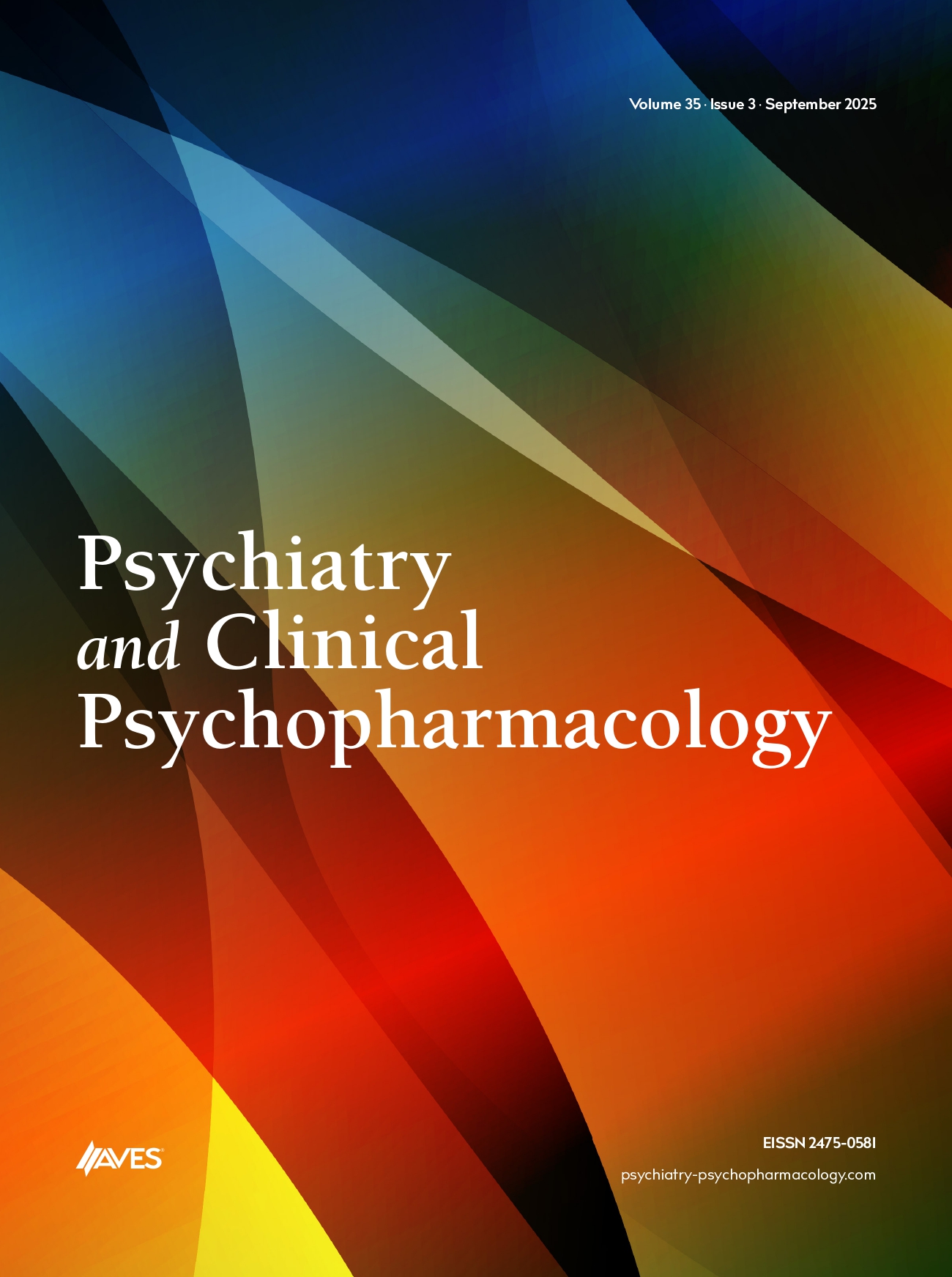Objectives: Orally disintegrating tablet (ODT) forms of medications are sometimes used as alternatives to standard oral tablets for patients who have difficulty swallowing, those who need to have ingestion verified, and those who may resist other drug product forms (e.g. injection). ODTs are a tablet or wafer form of medication that disintegrates in the mouth, aided only by saliva. ODTs can disperse in as little as 1 to 2 seconds or as long as 2 to 3 minutes, depending on the different fast dissolve/disintegration technologies used to manufacture the tablets. Orally disintegrating olanzapine (ODO) is manufactured by several different companies, using different formulations and processes. The objective of this study is to investigate differences in disintegration time of these tablets, which may potentially impact clinical parameters such as patient acceptance and adherence to treatment.
Methods: Six types of ODO, along with Risperdal M-Tab as an external comparator, were evaluated for formulation composition, manufacturing method, disintegration and dissolution characteristics, expiration dates, and packaging and formulation differences in comparison with the freeze-dried Zydis/Velotab formulation of ODO. Automated dissolution test equipment, DISTEK DISBA0045 and DISBA0046 with an Opt-Diss UV fiber optic SPEC0088 attachment, was used to capture the various ODT dissolution rates by measuring real time release of the active ingredient. Additionally, a high speed video camera was used to capture disintegration times of ODO products in simulated saliva held at 370C.
Results: 5-mg Tablets: Release for all tablets except Zoltrix was around 90% or above with 150 rpm for ten minutes at the end of the analysis. In the first three minutes, Lilly's Zydis formulation was the first to release with dissolution over 30% in less than 60 seconds. At 20 rpm only Zyprexa Zydis had instant disintegration. Other products required more than 30 seconds to dissolve even 10% of the active ingredient. This is likely a function of formulation and compression vs. a freeze drying processing.
10-mg Tablets: Zydis (Velotab) was the first to show dissolution and showed a steady rate of dissolution. Procaps' Prolanz FAST formulation also had quick dissolution, but showed a longer delay to catch up to the Zydis formulation, taking 2 minutes before they were equivalent. At a lower agitation rate of 20 rpm, Zydis 10 mg still had the fastest dissolution rate in the first 3 minutes. Zydis dissolution was not significantly affected by dosage strengths (5, 10 mg). 15-mg Tablets and 20-mg Tablets: Lilly's Zydis (Velotab) again provided the fastest disintegration and dissolution. Tablet mass and formulation might slow the release of active ingredient from generic direct compressed tablets.
Conclusions: The in vitro disintegration test is a proxy for the disintegration process in a patient's mouth. Differences found in the formulation and manufacturing processes of ODO products may be associated with different disintegration times, which may potentially impact their use in clinical practice.


.png)
.png)